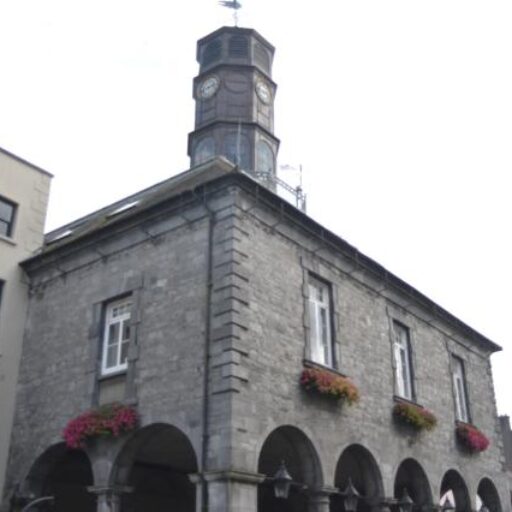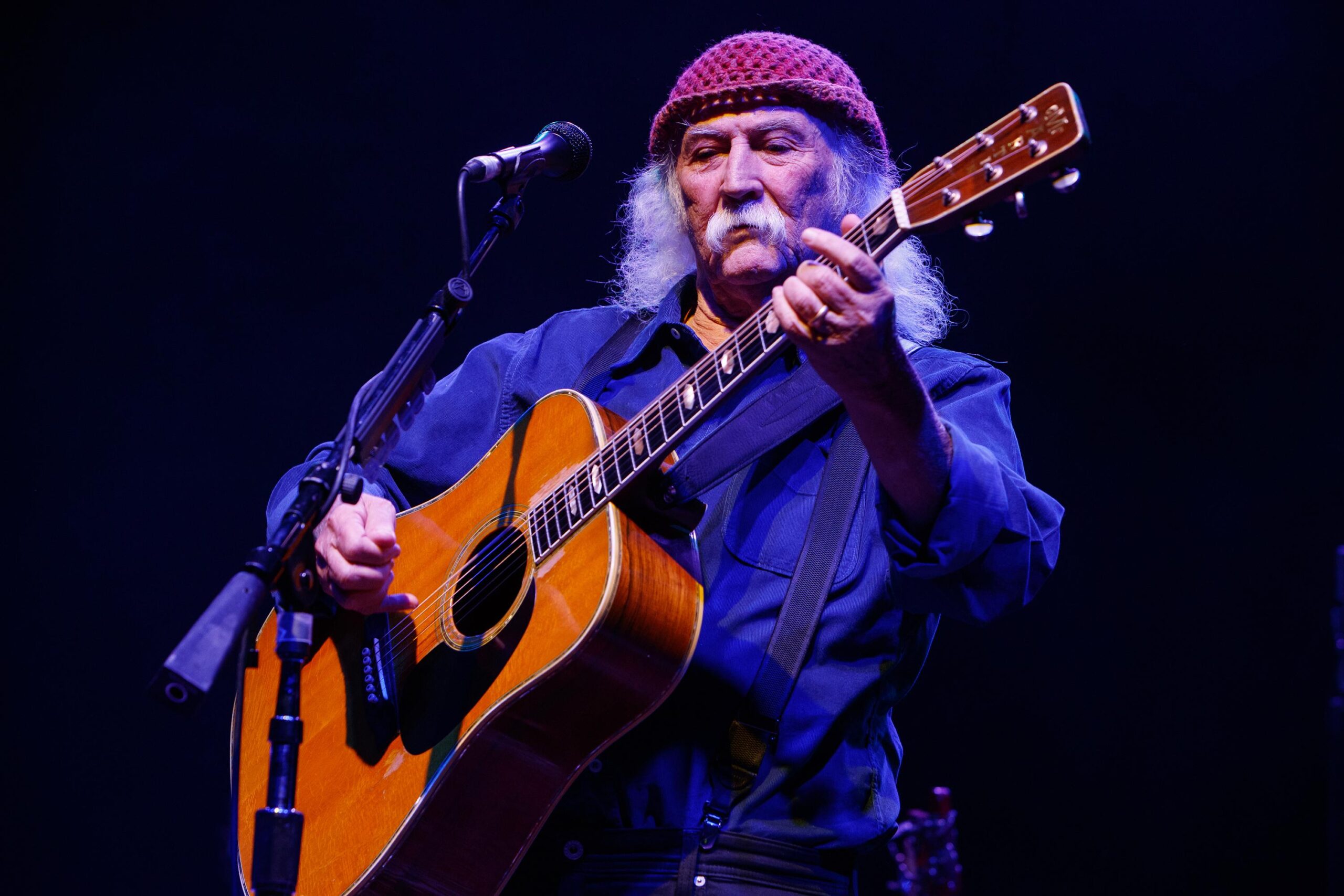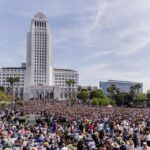60's Rock Star Dead!
You would think that reading the obituary column is not pleasant, and I must confess that I was once of the same opinion. But after reading a few, I saw a special value in them, and then I was hooked. It is a summary of a person's life, and although not all of them are special, they are worth reading because the odd gem is to be found. It is very exciting to read such a special obituary, because you get an insight not only into the life of the deceased, but also into your own life. That is a very beneficial experience, no doubt. The singer and writer David Crosby died recently, a man who was very famous in the sixties in America and around the world. I read a lot of obituaries about him, and mostly they were just a long list of facts. But then I read the report written by Steve Chawkins in the 'Los Angeles Times' and it really hit home for me. I was laughing, I was crying, nodding my head and shaking my head, while reading the obituary. At times I almost felt like I was in the presence of the 'Croz' itself. And most powerful of all, I saw that 'Croz' lived life to the fullest, under obligation to no one on earth! But without a doubt there was a price to pay, and 'Croz' paid dearly for it! You see the strengths and weaknesses of 'Croz' clearly laid out on the table, and through that, you get a small glimpse of the human condition itself. I encourage you to read that column if you can! But in the meantime, here are just a few highlights.
Cúpla Buaicphointe
Crosby and his bandmates sold 35 million records. He was twice inducted into the 'Rock & Roll Hall of Fame' — once as a member of the group 'The Byrds' and once as a member of the group 'Crosby, Stills & Nash'.
Crosby sailed around the world in a schooner called the Mayan. He was the pilot of his own plane. He had a huge ranch near Santa Barbara in California. As he got older, he was struck by a burst of creativity and released four albums and did a series of successful concerts with his son in the band CPR.
More amazing than that, he was still alive at the time! He suffered from diabetes and arterial disease, and had eight cardiac stents. When hepatitis C destroyed his liver in 1994, doctors saved his life with a transplant. He was addicted to alcohol, heroin and cocaine. He stopped after spending 11 months behind bars in Texas for drug and weapons offenses.
When asked in the 2019 documentary "David Crosby: Remember My Name" how he managed to keep going, he succinctly replied: "I have no idea, man!"
His first band 'The Byrds' fired Crosby after he insulted them badly! It was a great band, and their songs were chart toppers. 'Mr. Tambourine Man' went to the top of the charts, and the song sold a million copies at the time.
Matters quickly soured between Crosby, Stills, Nash and Young (CSNY), and they fought together for more than fifty years. He wrote in his autobiography: “I know I have an ego! Not everyone agrees on its health, size and value!”
“There was a clear dynamic between the four of us, and we've all done terrible things,” Crosby said of CSNY to Vanity Fair magazine in 2019. “But I've let them down worse than anything they've ever done to me. I was a junkie! There is no lower stage in human development than being a junkie, which I did right in front of them.”
His life came to a head in 1982 when he was accused of possessing drugs and guns. He spent nine months in prison, and then gave up drugs.
He wrote in his book 'Long Time Gone' about prison: "It was serious business: barbed wire, machine gun towers, and a huge buck with no neck wearing a cowboy hat and saying to me: Hey, rock star, get over here,boy!”
Crosby met her son James Raymond for the first time in 1994. They became great friends, they had a band together (CPR), and I think that was when Crosby finally found forgiveness and closure in his complicated life.





